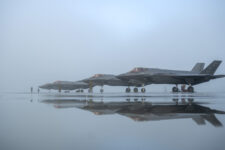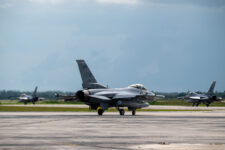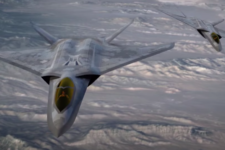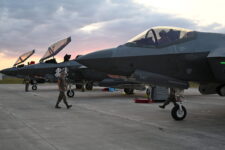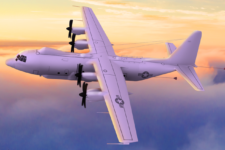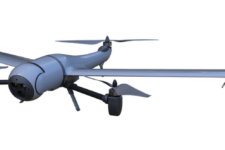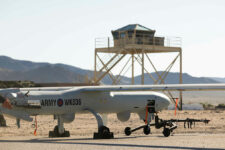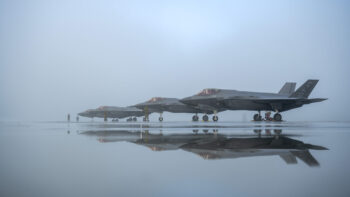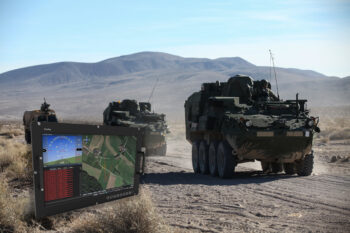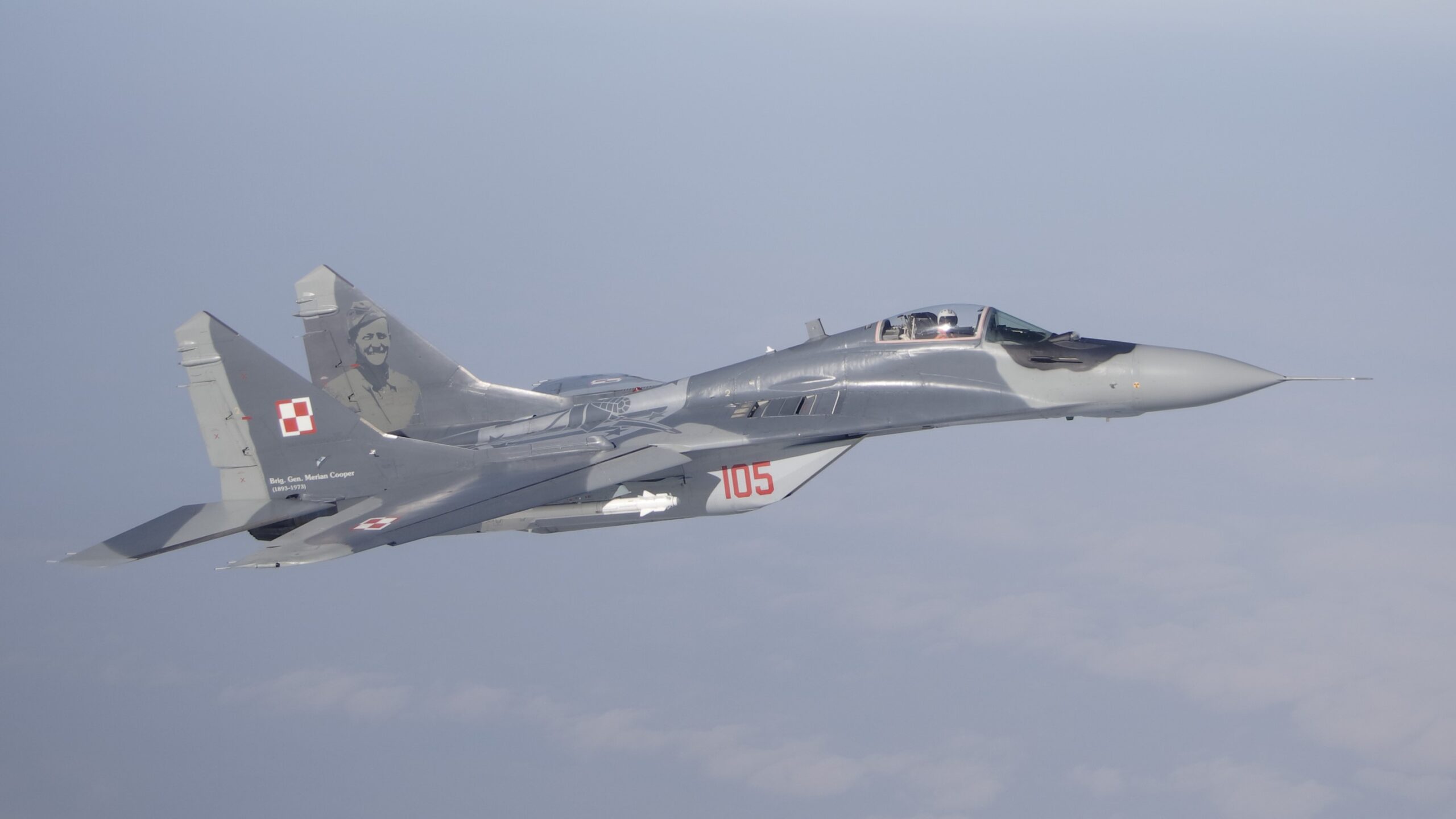
A Polish MiG-29 flies over Lithuania during a NATO mission in 2015. (Bartosz Glowacki/staff)
WARSAW — Polish President Andrzej Duda today announced plans to send a dozen old Mig-29 fighter jets to Ukraine, four of which are set to arrive in the coming days.
The announcement represents a major first for Kyiv, which has been calling for nations to send them fighter jets — Western-made or older Soviet-era kit — since the early days of Russia’s invasion. But nations have been reluctant, due to a combination of escalation concerns and fears over not having enough airpower for their own national defense.
“In the coming days we will pass four planes full ready to service,” Dude said while talking with Czech President Petr Pavel. “The others are being serviced, prepared and will probably be successively transmitted. Duda added that “we have a dozen or so these MiGs at the moment” that are functional and still used to protect Polish airspace, but “these are the last years” they will be able to operate.
According to Rzeczpospolita daily, Duda specifically said the jets being sent are part of the MiG-29 bought by Poland from Germany in 2002, for the symbolic price of a single Euro. These aircraft were originally in use by the East German air force.
Dude’s statement about “days” was surprising, as only two days ago Polish Prime Minister Mateusz Morawiecki said that the Polish MiG-29 transfer to Ukraine “ could be done in four to six weeks”.
Moreover earlier the head of the President of the Republic of Poland Paweł Szrot said: “As for the transfer of Polish MiG-29 to Ukraine, it will not be a large number. I just remind you that will certainly not be a number corresponding to the number of tanks, neither the older ex-Soviet or even Leopards. We will certainly do it in some wider international coalition, so that Ukraine can feel the support of more real.”
Poland has been the most vocal nation calling for jets to be sent to Kyiv’s aid — and almost a year ago exactly claimed it had an agreement in place to send its MiG-29 fleets to Ukraine with the US sending older F-16 fighters as Polish backfill. However, that announcement was met with confusion in Washington where no such agreement had been reached, and the idea seemed to collapse entirely as a result.
RELATED: After US walks away from Polish fighter deal, lawmakers left wondering why
Since then, lawmakers in various NATO nations have issued statements of support for sending jets, but no deals had emerged. However, there have been signs nations are taking the idea more seriously, with the United Kingdom, for example, announcing it would begin training Ukrainian pilots in February.
“Well, maybe we could start to disperse these people around the world just starting to learn to fly different sort of NATO-type planes, but that is principally with a view to a post-war Ukrainian Air Force that will inevitably be re-armed with NATO-type planes,” British Minister for Armed Forces James Heappey told reporters on Feb. 9. “But, of course, you’ve always got an eye on what the next gear change might need to be if the war continues to develop and another gear change is needed,” he added.
“And so in six months time, if that gear change is fast jets, then clearly having started the process of training pilots and engineers, makes that an easier choice to make.”
The UK is also exploring the possibility of supplying Royal Air Force (RAF) Eurofighter Typhoon Tranche 1 fighter jets to European MiG-29 operators, so the Soviet-era aircraft can, in turn, be gifted to Ukraine.
There are two major questions now for Poland and Ukraine. The first is whether other MiG-29 operators Bulgaria and Slovakia will agree to send their jets to Ukraine. The second is just how effective these jets can actually be.
As Breaking Defense reported last March, the Bulgarian Air Force has 15 MiG-29A and 3 MiG-29UB jets on hand, but only a few Fulcrums are airworthy and the remaining jets are seen more as potential sources of spare parts. According to denniknk.sk the Slovak Air Force, meanwhile, has only 9 MiG-29AS and a 2 MiG-29UBS in stock — which were all officially retired last August. (An agreement with fellow NATO members Poland and the Czech Republic was signed in order to establish joint patrols of Slovakian airspace, until the delivery of American F-16s to the Slovak Air Force in 2024.)
But according to Slovakian defense minister Jaroslav Naď, a proponent of sending the jets, Bratislava eventually could send up to 13 aircraft to Ukraine — 10 (theoretically) airworthy, modernized MiGs and three non-modernized aircraft from long-term storage that would serve as a source of spare parts.
Poland has 22 MiG-29A and 6 MiG-29UB in service, but as Duda noted, not all of them are actively being flown. Half of that fleet (the non ex-German aircraft) were equipped with modern avionics and were refurbished and overhauled in 2013-2014 with service life of their airframe extended to 40 years or 4,000 flight hours and the addition of IFF Mark XIIA mod 5 systems. And it is believed modernized MiG-29s will not be transferred to Ukraine.
Pentagon awards Lockheed $11.8 billion undefinitized F-35 production contract
The Pentagon aims to finalize the contract for production lot 18 by the spring, though a similar award for lot 19 is not planned to follow until the fiscal 2025 budget is approved, according to the F-35 Joint Program Office.
